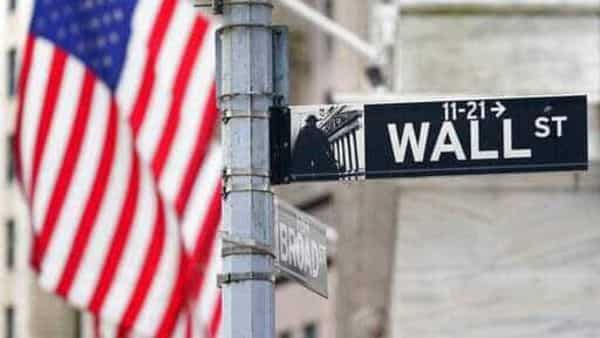The last time the S&P was this serene for so long was in 2017, a period of calm that ended with the volatility crash early in 2018—although back then it was even quieter for much longer.
Yet, look at the performance of types of stocks, and they have been swinging around much more than they usually do.
Investors who would previously have shifted money from stocks to bonds or vice versa now just switch from one sort of stock to another—so falls in one are offset by gains in another.
Bring enough fear into play and investors will bolt for the exits no matter how low cash yields are, just as they did in March last year.
A cluster of small stocks popular with retail traders has often featured at the top of the most-traded lists this year, notably GameStop and AMC Entertainment but also favorites such as Virgin Galactic and BlackBerry.
But bubbles usually involve lots of volatility as they inflate, not a calm exterior and turmoil within, because every little price drop is magnified by others fearful that the bubble is about to pop.
This time the most obvious threat to stocks is the Federal Reserve, rather than the market’s overvaluation.
The Fed raised rates fractionally off the floor by offering 0.05% instead of 0% on its cash-absorbing reverse repurchase agreements, a kind of overnight secured deposit, and instantly sucked in $235 billion extra.
If that was the reaction to the Fed just barely doing something close to nothing, imagine how scared the market would be if the Fed started a normal rate hiking cycle and made cash attractive again.
